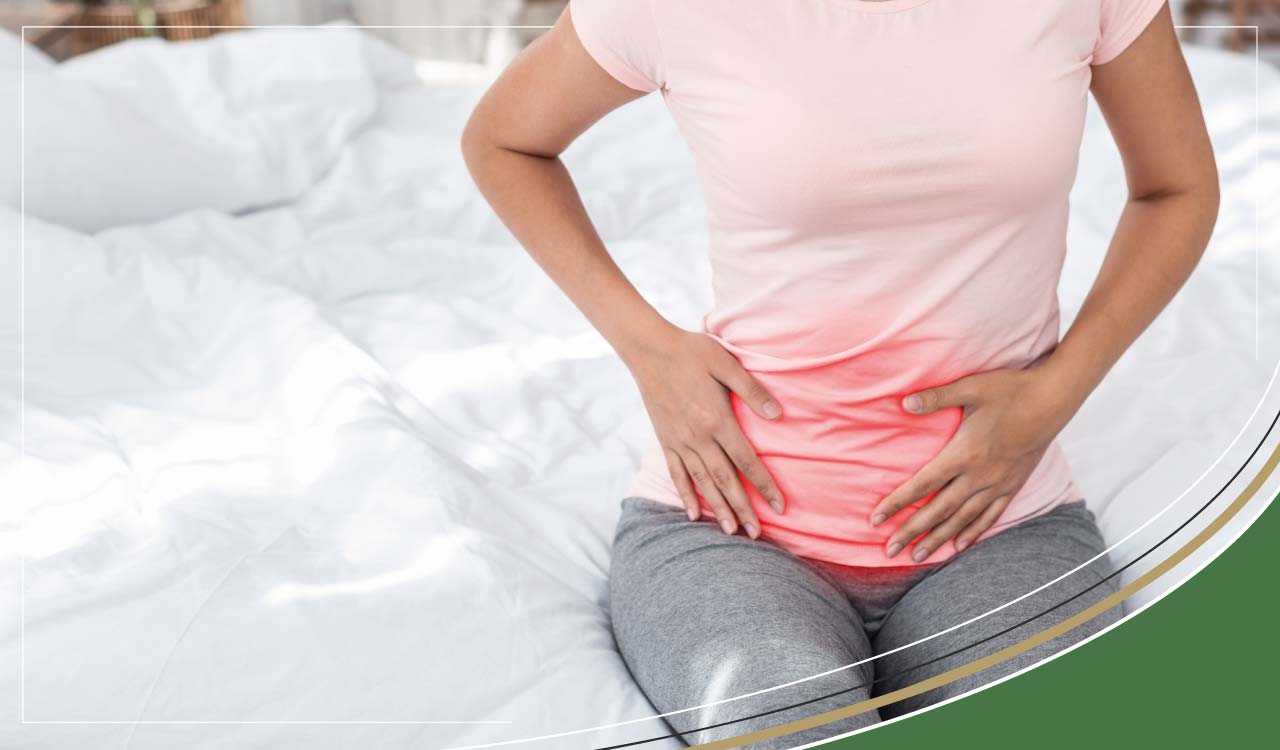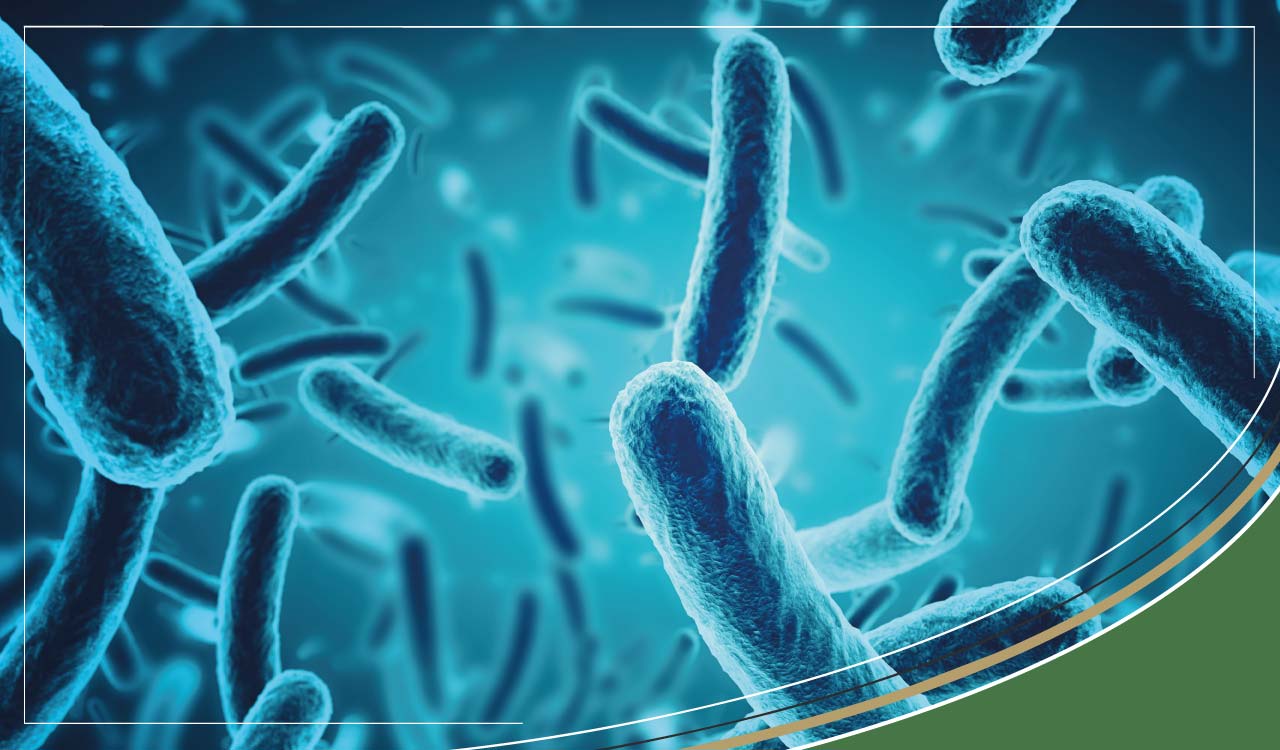E.coli and interstitial cystitis overview

We have learned so much from our customers, and our own experiences since 2003 and research about the causes of repeat urinary infections, particularly related to E.coli, and the results are fascinating.
Introduction
Until very recently it was thought that each new bladder infection (referring to all areas from the urethra to the kidneys) was the result of a new contamination via (usually) the urethra, or intimacy.
There must be a first time for such contamination and infection, but in the vast majority of cases, (though not all) repeat infections are likely to be the result of bacteria that survived the previous infection and become embedded in the bladder wall. Microbiologists now confirm bacteria can lay dormant behind biofilms for many years until stimulated into releasing pods from their colony to once again multiply out of control [Proof!]
E.coli's resistance to antibiotics
When you sit down and think about the pattern of most repeat infections, logic draws the same conclusions. Darwin's Survival of the Species through Natural Selection explains the process through higher forms of life, and E.coli survives as a life form in the same way that we have evolved as humans - by survival of the fittest.
Every medical practitioner and every cystitis sufferer knows that E.coli become increasingly resistant to antibiotics used against them. It is vital for the understanding of how antibiotic resistance takes place to realise that it's not your body that builds up a resistance to antibiotics, it is the infective agent - in the case of bladder infections, usually E.coli and that this resistance was acquired long before they met you.
Asexual Survival Characteristics (E.coli)
Say you start off with a strain called x.
If you eradicate all of the x with an antibiotic, then there are no x survivors, and if you were to again be infected with x (as a fresh contamination), and took the same antibiotic, there could be no increase in the resistance of x. It would be just like the first time, and they would be all eradicated.
But this is where natural selection comes in. E.coli bacteria are asexual organisms with a natural variation in the genetic makeup of some of the bacteria in every colony. In effect, E.coli bacteria are genetic clones of each other, but there are occasional mutations that produce genetic variation, giving the variation different survival capabilities. For example, although some of the mutations will have poor survival capabilities, some E.coli in every colony may be able to survive extreme heat, cold, toxin levels, antibiotic attack, or high acidity or alkalinity. They pass on these survival characteristics to their progeny.
We attempt to fight the resistance of E.coli by varying the antibiotics used, and by increasing antibiotic dose levels to compensate for the resistance effect, but this only exasperates the problem as the E.coli become increasingly resistant, even to broad-spectrum antibiotics. The result is increasingly resistant E.coli.
Variant E.coli and Antibiotic Resistance
The mechanism of E.coli antibiotic resistance is that one or more natural E.coli variants, (let's call it xy), survives the antibiotic attack. For example, by not succumbing to fluorine poisoning. So the antibiotic eradicates all x colonies, and xy is left to multiply and establish colonies of its own, passing on its resistance to fluorine (or whatever toxin the antibiotic utilised) to its duplicates. Most of the xy colonies will be xy type variant, and we already know that xy variant can survive the antibiotic that eradicated all its x brothers. It's a born survivor. You can't use what you used to eradicate x, to eradicate xy - at least not at the same dose levels or not for the same treatment length. So you'll need a longer course of antibiotics or at a stronger dose level to eradicate xy. And don't forget, xy will have its variants. Somewhere, there will be an xz variant that can survive these more significant doses.
Let's look at the logic again: We know for a fact that E.coli builds up resistance to any antibiotic used against it. It can only do that if some of the bacteria survive the antibiotic attack. If your second episode of cystitis is simply a fresh contamination of the same E.coli that you were previously contaminated with, we are not talking about mutated survivors of the antibiotic. We are talking about the plain old original bug again, so the same dose level and antibiotic will work as well as it did before. However, that is not how the course of repeated cystitis attacks works. Typically, infections become more and more frequent. Patients go back for more antibiotics. The same dose level doesn't work, so the dose is increased or the antibiotic changed.
Logic, therefore, tells us that resistant E.coli remains in the bladder after treatment with antibiotics. In fact, it is detectable six weeks later in 35% of women. A year later it has recurred in half of all antibiotic-treated women.
Although antibiotics initially sterilise the urine in almost all patients, bacteriuria recurs in approximately one-half by one year.
Approach to the Patient with Asymptomatic Bacteriuria, Thomas Fekete, MD, Professor of Medicine and Microbiology, Temple University School of Medicine.
E.coli survive antibiotic attack
From the fact that if you are suffering from repeat episodes of cystitis, E.coli are probably living in your bladder, dormant or not, it is apparent that it is more difficult to avoid than it would be if the problem were merely cross-infection or poor hygiene. And anyway, once you've had an episode or two of cystitis you'll be obsessively clean. What we've found is that there can be a number of triggers that lead to the next episode. Triggers that lead to the reactivation of dormant E.coli already in the bladder, or the release of E.coli pods from behind biofilms in the bladder (the biofilms are made of the same stuff as your bladder wall.)
The triggers for dormant E.coli release and causes of fresh contamination also differ, although there is some crossover. Whatever caused that very first infection, it is what makes new or apparently new that is important to sufferers.
Triggers for dormant E.coli release:
- Previous history of infection and antibiotic use. The more recent the use of antibiotics, the higher the probability that an infection is caused by dormant E.coli being released.
- Dehydration (allows a high concentration of uric acid. E.coli seems able to sense when conditions are right for multiplication. It thrives in an acid environment, and even releases acid itself.) Beware of drinking too much coffee or alcohol. If you have a dry mouth, you are probably dehydrated.
- Acidic urine through drinking acidifying drinks like orange juice or cranberry. Cranberry tablets have the same effect. (Although they contain a small amount of D-Mannose, this is not enough to stop infections. The acidifying effect just makes E.coli infections worse, although cranberry can be useful for Proteus infections.)
- Intimacy or other stimulation of the bladder, such as by vigorous exercise, can even trigger long-dormant E.coli pods to begin releasing E.coli into the bladder. For example, even if you have not had any intimacy for ten years, you can get 'honeymoon cystitis'.
- Various spices with properties that allow them to get into the urine and act as an irritant.
Antibiotic dose levels
With the dormant E.coli release, taking the same level of antibiotic over the same period as your previous infection is unlikely to clear the problem, and may make the infection more resistant through the process of natural selection. Taking a higher or longer dose of antibiotics is likely to clear the current episode of cystitis, but produce more resistant dormant E.coli, making your next episode even harder to clear.
Causes of fresh or first contamination:
- Insufficient cleaning after toileting (the old wipe from front to back thing.)
- Unhygienic intimacy. Make sure you are both clean.
- Catheterisation. Even exposure to the air for a few seconds with a new catheter is enough to contaminate it.
- Internal examinations
If you are suffering from a bacterial infection, and not from a blockage or gynaecological problem, it should be possible from the above to understand what is causing repeat bladder infections or UTI's, and that is an excellent place to start fighting them.
Interstitial Cystitis
IC is a vast subject area, which we can only touch on lightly here.
A considerable number of bladder problems, ranging from painless but frequent urination through to severely crippling and debilitating bladder pain that gets worse as the bladder gets full, are labelled under the general heading of 'interstitial cystitis'.
It's a non-malignant, non-infective condition which may be associated with changes that are apparent when you look at the bladder, but sometimes the bladder may appear normal, [although] the patient may be crippled with discomfort.
Dr Helen O'Connell, consultant urologist - Royal Melbourne Hospital.
Other possible causesof the symptoms found in IC include physical abnormalities such as prolapse of the bladder, vaginal infections, urinary tract infections or disorders, endometriosis, bladder cancer, sexually transmitted diseases, and kidney stones. Tests may be necessary to rule out these causes.
When blockages, physical abnormalities, and symptom-causing diseases are ruled out, the absence of infection, when combined with pain or frequent urination, is the over-riding factor that can lead to a diagnosis of interstitial cystitis.
There may also be one or more of the following.
- Some level of incontinence.
- Women's symptoms often get worse during their periods.
- Pain during intimacy.
- Irritation of bladder lining may be apparent when viewed through a camera.
- Pinpoint bleeding in the bladder.
- Blood or pus in urine, with or without pain.
- Microscopic examination of 'spots' in bladder wall may reveal fragments of dead bacteria.
- Small ulcers (Hunner's ulcers) covering the entire inside of a bladder or other isolated areas.
- Raised histamine levels may indicate that some allergic reaction is taking place.
- Dormant E.coli colonies are surviving inside the lining of the bladder.
Triggers for Interstitial Cystitis (IC)
Some people believe that certain foods such as tomatoes, spices, alcohol, chocolate, caffeinated and citrus beverages, and high-acid foods may add to bladder irritation and inflammation. Others notice that their symptoms get worse after eating or drinking products containing artificial sweeteners. If you believe that your interstitial cystitis is related to your diet, try keeping a diary of food and symptoms. Or try cutting out all of the above, and gradually introducing them to see what is the trigger.
Unfortunately, the triggers are not always detectable. Interstitial cystitis can affect otherwise healthy individuals for no apparent reason. However, it is likely that diet and lifestyle plays a part, and it has recently been accepted that previous antibiotic use for one or more bladder infection may eradicate E.coli but leave fragments of the bacteria bio-molecularly attached to the lining of the bladder and urinary tract. Causing long-term irritation of the bladder, making it painful to fill the bladder completely, leading to frequent urination, gradual shrinking of the bladder, and the beginning of a cycle that can be very difficult to break.
The U.S. microbiologist Dr Paul Fugazzotto believes that interstitial cystitis is caused by gram-positive bacteria, usually enterococcus, but others believe that gram-negative bacteria can also be involved. Our own experience is only with IC related to E.coli and Salmonella.
Possibilities
- Enterococci can produce infections at multiple sites. These include:
- Bacteremia and vascular catheter-related bloodstream infections (BSIs)
- Endocarditis
- Urinary tract infections (UTIs)
- Abdominal and pelvic infections
- Skin and soft tissue infections
- Joint and bone infections
- CNS infections
- Pulmonary infections
Other Treatments and Interventions
Instilling the bladder with a disinfecting/analgesic solution such as Dimethyl Sulfoxide.
"Having this instilled in my bladder for three weeks was the single worst thing I have ever done for my IC. I ended up in hospital on pethidine for pain control and then was laid up for nearly six months before the pain level went down to where it was before the instillation."
Katie Lauren Smith on RemedyFind
- Laser treatment to cauterise Hunner’s ulcers can be effective, but the ulcers may return after time.
- Acupuncture to help balance the system and ease the pain, has proved useful for some but is ineffective in others.
- Transcutaneous electrical nerve stimulation (TENS), which delivers mild electric pulses to the bladder area, helping to relieve pain and urinary frequency in some people.
Surgical interventions for IC- a last resort
- Internal Pouch: Urine is diverted to a pouch, constructed from a bowel segment that is placed inside the abdomen, emptied by self-catheterisation through a stoma (surgical hole in the abdomen).
- Orthotopic Diversion: The bladder is removed and a new bladder, formed from a bowel segment, replaces the damaged bladder. Multiple possible setbacks include bladder stone formation, easier perforation, incontinence, continuing infections or IC, and increased mucus production.
- Augmentation Cystoplasty: Removal of part or most of the bladder, and replacement with bowel tissue.
- Urinary Diversion: A short section of bowel and the ureters is used to bypass the bladder into an external collection bag. May or may not result in the elimination of pain.
Natural Suggestions
One essential change we need to make is to focus less on our interstitial cystitis and more on the overall balance in our bodies.
Incorporate more of the following alkalizing foods in your diet;
- Fresh fruits and vegetables daily.
- Eat more berries, especially blueberries as they are rich in antioxidants.
- Eat lots of greens! Alfalfa, green barley, Spirulina, wheat grass, etc. are an excellent way to increase alkalinity in the diet and are therefore perfect for to help heal Interstitial Cystitis.
- Consider supplements such as D-Mannose.
- Substitute some meat meals with veggie meals.
- Lemon juice, apple cider vinegar
- Buffered Vitamin C; Ester C or Calcium Ascorbate, never unbuffered Vitamin C
- Calcium Magnesium, Vitamin D3
- Finally, attend to dysbiosis in the gut: Take a quality Probiotic.
Most people who focus entirely on cleaning up their diet, alkalising and repopulating the gut soon see the debilitating symptoms of Interstitial Cystitis disappear and their health gradually return. As a supplement D-Mannose is non-harmful and does not cause any known interactions with any other medications. D-Mannose works two-fold by calming irritation of the bladder, allowing it to repair, and also by clearing out any indwelling E-Coli from your urinary system. D-Mannose coats the E-Coli, preventing it from clinging to the walls of the urinary tract and bladder and then flushes the bacteria out of your system via the urine. You may need to take D-Mannose supplements for 2-4 months.
 Free Royal Mail 24 Tracked Delivery
Free Royal Mail 24 Tracked Delivery
 UK Customer Service - 01904 789 559
UK Customer Service - 01904 789 559
 Read Thousands of Independent Reviews
Read Thousands of Independent Reviews














